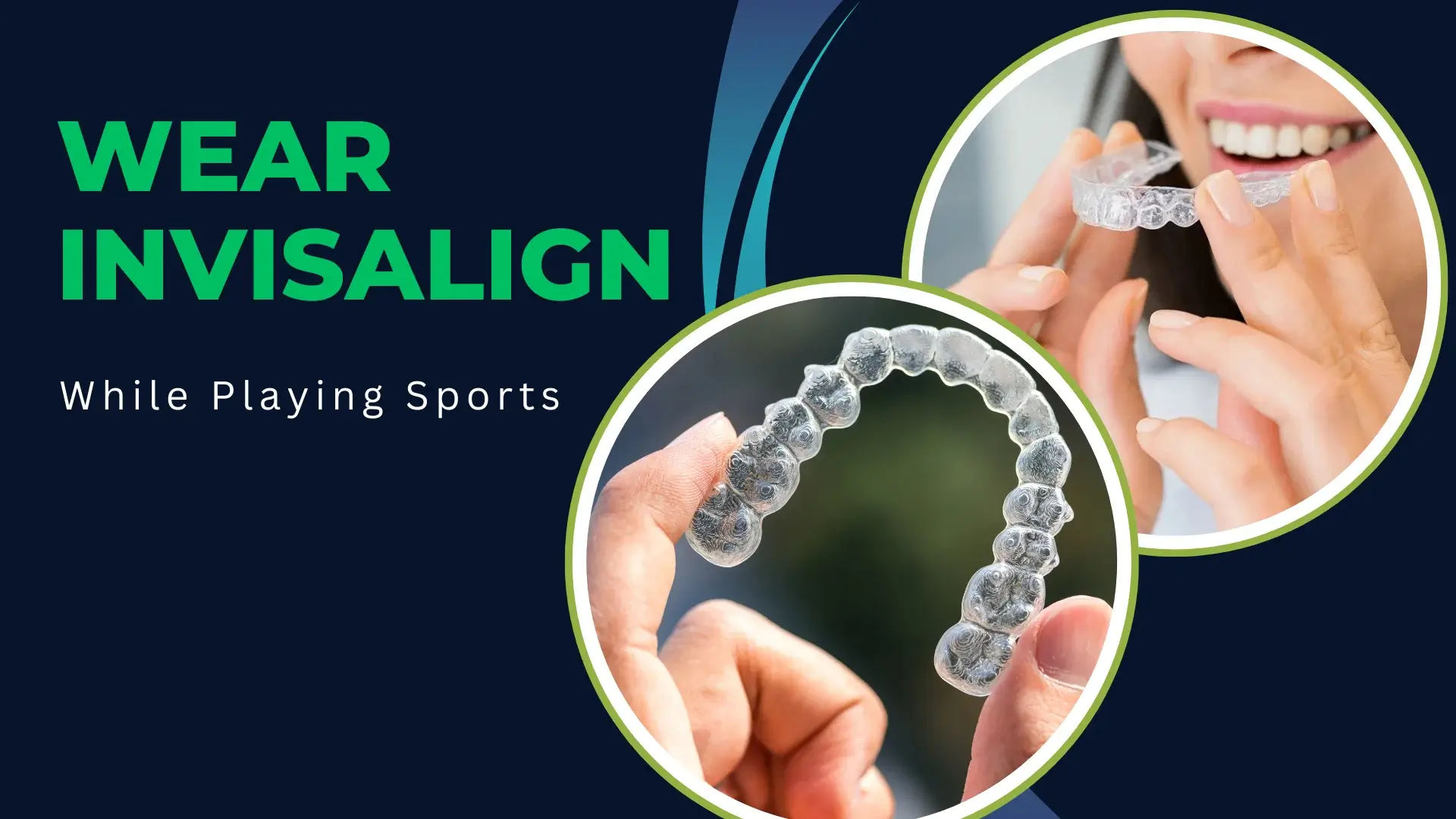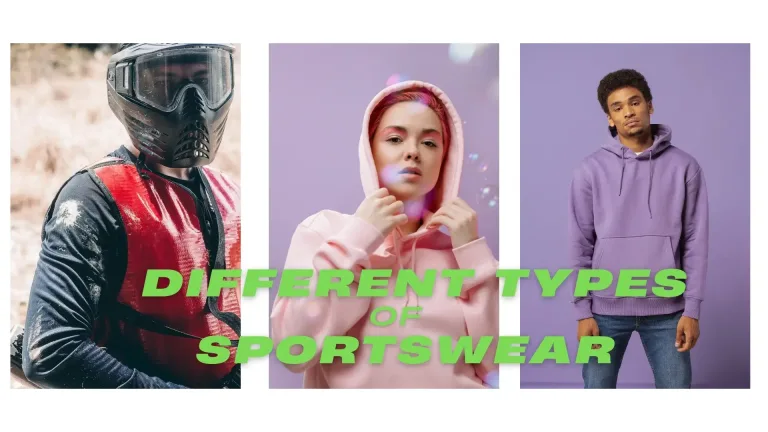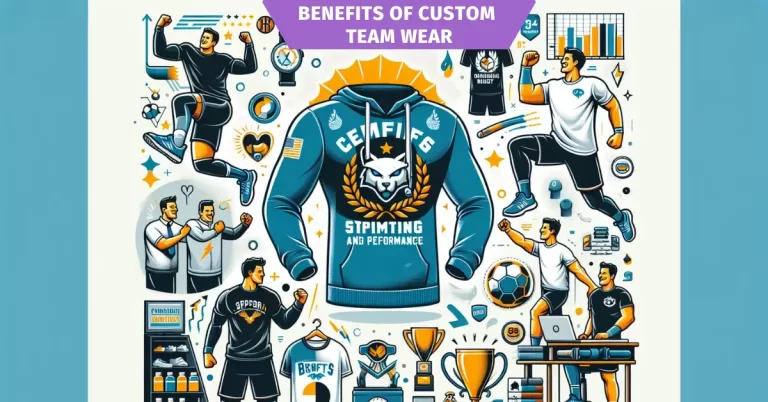Do You Wear Invisalign While Playing Sports
Worried about wearing invisible braces while playing sports? You’re not alone! Invisalign may be durable, but it’s not as protective as a mudguard.
When it comes to playing both contact and non-contact sports, understanding when to remove your aligners and how to protect your teeth can help you stay safe and on track with your treatment. To play confidently without causing damage to your aligners or smile, here’s what you need to know.
Do You Wear Invisalign While Playing Sports: Is It Safe?
Choosing to wear Invisalign while playing sports can be a difficult decision. While the aligners are designed to be discreet and secure, certain activities, particularly high-impact sports, pose risks that could affect both your aligners and your teeth.
We’ll dissect how Invisalign holds up during physical activity, when it’s acceptable to wear it, and when you might need additional protection.
How Invisalign Fits and Stays in Place During Physical Activity
One of Invisalign’s biggest advantages is its snug, custom fit. The aligners mold perfectly to your teeth, meaning they won’t pop out or shift with normal movement. For low-intensity activities like jogging, swimming, or cycling, wearing your trays should feel completely natural.
However, the story changes when you get into high-movement sports that involve sudden direction changes, intense breathing, or rapid jaw movement. Sports like basketball or soccer require frequent communication and heavy exertion, which may cause your aligners to shift slightly, leading to discomfort or minor irritation. Check out Different Types of Sportswear.
| Sport Type | Safe to Wear Invisalign? | Precaution Needed? |
|---|---|---|
| Running, Yoga, Swimming | ✅ Yes | No extra precautions needed |
| Tennis, Soccer, Basketball | ⚠️ Maybe | Monitor for discomfort; consider a mouthguard |
| Football, Boxing, Wrestling | ❌ No | Use a protective sports mouthguard |
Risks of Wearing Aligners in Contact vs. Non-Contact Sports
Not all sports pose the same risk to your aligners. Non-contact sports like golf, cycling, or Pilates are generally safe, as there’s minimal chance of impact to the face. You can wear Invisalign without worry and still meet your daily wear-time requirements.
Contact and high-impact sports, on the other hand, are a different story. Activities like football, hockey, and martial arts come with the risk of blows to the face, which can push the aligners against your gums and teeth. This can lead to:
- Soft tissue injuries – Aligners can cut into your gums or lips upon impact.
- Cracked or distorted trays – A direct hit to the mouth can damage your aligners, requiring a costly replacement.
- Increased risk of dental injury – Invisalign doesn’t provide the same level of protection as a sports mouthguard, leaving your teeth vulnerable.
If you’re involved in high-contact sports, removing your aligners before playing and using a custom-fitted mouthguard instead is a smarter choice. Just be sure to put your Invisalign back in as soon as possible to stay on track with your treatment.
Potential Damage to Invisalign Trays During High-Impact Activities
If you’re wearing Invisalign while engaging in intense sports, your trays may suffer damage that affects both their fit and effectiveness. Some common issues include:
- Cracks or fractures: Sudden pressure can cause the plastic aligners to break.
- Warpage from stress: Biting down forcefully during exertion can gradually distort the trays.
- Loose fit: Repeated small impacts can slightly shift the aligners, making them less effective over time.
To keep your Invisalign in top shape, consider using a mouthguard for protection. Some brands even offer Invisalign-compatible mouthguards that allow you to wear both at the same time—ideal for athletes who need to maximize wear time.
Contact Sports vs. Non-Contact Sports
If you’re an athlete with Invisalign, you might be wondering whether you can keep your aligners in during sports—or if you should take them out. The answer depends largely on the type of sport you play. Some activities are completely safe, while others pose risks that could damage your trays or even injure your mouth. Let’s break it down.
Which Sports Are Safe to Play with Invisalign?
Non-contact sports and low-impact activities are generally Invisalign-friendly. Since there’s little to no risk of facial impact, you can keep your aligners in without worry. These include:
✅ Safe to Wear Invisalign
- Running & jogging
- Swimming
- Golf
- Tennis
- Cycling
- Yoga & Pilates
In these sports, Invisalign aligners stay securely in place, allowing you to maintain your treatment schedule without interruptions.
Why High-Impact Sports Require Extra Precautions
Contact sports and high-impact activities introduce the risk of getting hit in the face, which can cause:
- Tray damage – A direct blow can crack or distort the aligners, making them ineffective.
- Soft tissue injuries – Aligners can cut into your lips or gums upon impact.
- Increased dental risk – Invisalign doesn’t provide the same level of protection as a sports mouthguard.
If you’re playing a moderate-risk sport where occasional contact happens (like basketball or soccer), you might get away with wearing Invisalign, but a protective mouthguard is recommended.
Moderate-Risk Sports
- Soccer
- Basketball
- Baseball
- Skiing & snowboarding
For full-contact sports, Invisalign alone won’t cut it. The risk of mouth injuries is high, and wearing a proper sports mouthguard is a must. In these cases, it’s best to remove your aligners during play and put them back in afterward.
Not Recommended to Wear Invisalign
- Football
- Hockey
- Boxing
- Wrestling
- Martial arts (MMA, Jiu-Jitsu, Karate)
The Best Approach for High-Impact Sports
If your sport involves frequent physical contact, here’s what you can do:
Remove Invisalign Before Playing – Keep your aligners in their case to prevent loss or damage.
Wear a Custom Sports Mouthguard – A well-fitted mouthguard protects your teeth and prevents injuries.
Put Your Aligners Back In ASAP – After the game, rinse your mouth and aligners before wearing them again to stay on track with treatment.
Some brands offer Invisalign-compatible mouthguards, designed to fit over aligners. If your sport involves occasional contact, this might be a good compromise.
Should You Wear a Mouthguard with Invisalign?
🏅 Sports Mouthguard Guide
|
🛡️ High-Risk Sports (Mouthguard Required)
|
⚠️ Moderate-Risk (Mouthguard Recommended)
|
|---|---|
|
🏈 Football 🥊 Boxing/MMA 🏒 Hockey 🤼 Wrestling 🏀 Basketball 🥍 Lacrosse |
⚽ Soccer ⚾ Baseball/Softball 🎿 Skiing/Snowboard 🛹 Skateboarding � Cricket 🤸 Gymnastics |
🏊 Non-Contact Activities
✅ Safe to keep Invisalign in:
⛳ Golf · 🏃 Running · 🧘 Yoga · 🏊 Swimming · 🚴 Cycling
💡 Tip: Always use a custom-fitted mouthguard for best protection and comfort!
Custom vs. Over-the-Counter Mouthguards for Invisalign Users
Not all mouthguards work well with Invisalign. Some are too tight, while others don’t provide enough protection. Here’s how different options compare:
| Mouthguard Type | Pros | Cons |
|---|---|---|
| Custom Mouthguards (Made by a dentist) | Best fit & comfort, provides superior protection, can be designed for Invisalign wearers | More expensive ($100–$300), takes time to create |
| Boil-and-Bite Mouthguards (Over-the-counter, moldable at home) | Affordable, decent fit if molded correctly | May be too tight over Invisalign, can warp over time |
| Stock Mouthguards (Pre-made, one-size-fits-all) | Cheapest option, easy to buy | Poor fit, uncomfortable, less protection |
If you wear Invisalign, the best choice is a custom mouthguard designed for aligner wearers. It fits over your trays without excessive pressure, reducing the risk of cracking or shifting your aligners.
Playing Sports Without Invisalign
Deciding whether to remove your Invisalign before playing sports depends on the type of activity, the risk of impact, and how long you’ll be off the field. While Invisalign is designed to be worn 20–22 hours per day, some sports make it challenging to keep them in. Let’s explore when it’s best to remove them, how long you can go without them, and how to stay on track with your treatment.
When Should You Remove Invisalign Before a Game?
While many sports are Invisalign-friendly, others put your aligners at risk of damage. Here’s a breakdown of when removal makes the most sense:
✅ Best to Keep Invisalign In:
- Running
- Swimming
- Tennis
- Golf
- Cycling
Consider Removing Invisalign:
- Basketball (risk of contact & impact)
- Soccer (accidental elbows, ball to the face)
- Baseball & Softball (high-speed balls, collisions)
- Skiing & Snowboarding (falls & crashes)
Always Remove for High-Impact Sports:
- Football
- Hockey
- Boxing & MMA
- Wrestling
- Rugby
In high-contact sports, removing Invisalign is the safest option. The pressure from a hit could crack or distort the trays, and wearing a traditional mouthguard over Invisalign can be uncomfortable or ineffective.
How Long Can You Go Without Wearing Invisalign?
Your treatment plan relies on consistent wear, so skipping Invisalign for too long can delay progress. Here’s what to keep in mind:
Up to 1–2 Hours: No major issues, as long as you put them back in immediately after the game.
4+ Hours: Your teeth may start shifting slightly, especially if you do this often.
8+ Hours (Regularly): Skipping wear time too frequently can extend treatment time and lead to discomfort when reinserting aligners.
If you need to remove Invisalign for a long period, wear them as much as possible before and after your game to make up for lost time.
Strategies to Balance Sports and Invisalign Wear Time
Wear Invisalign During Practice – If your sport doesn’t involve contact, keeping them in during training helps you stay on track.
Bring Your Case & Keep Trays Safe – Always store Invisalign in a case while playing to prevent loss or accidental damage.
Plan Ahead for Long Games or Tournaments – If you’ll be out for hours, put your aligners back in between games or during breaks.
Don’t Skip Too Many Days – Even if you have to remove Invisalign occasionally, don’t make it a habit. Consistency is key to a smooth and timely treatment.
Protecting Your Aligners While Playing
Whether you’re keeping your Invisalign in during sports or taking them out, proper care is essential to prevent damage, loss, or hygiene issues. From avoiding cracks to keeping them clean, here’s how to ensure your aligners stay in top shape while you stay active.
Tips to Prevent Damage to Invisalign Trays
Invisalign trays are made from flexible thermoplastic, which means they’re durable but not indestructible. Here’s how to keep them safe while playing sports:
✅ Wear a Mouthguard Over Invisalign for Contact Sports – If you’re keeping your aligners in during high-impact activities, a mouthguard provides an extra layer of protection.
✅ Avoid Clenching Your Jaw – Some athletes grind their teeth during intense moments, which can wear down aligners. If you catch yourself doing this, consider removing them for the game.
✅ Check Your Aligners for Damage Regularly – Small cracks can worsen over time. If you notice any issues, contact your orthodontist to prevent setbacks in your treatment.
Don’t Eat with Invisalign In – While hydrating with water is fine, eating with your aligners during a game can lead to breakage and staining.
Never Store Aligners in Your Pocket – Sitting or bending can apply pressure and cause them to warp or crack.
Safe Storage Options When Removing Aligners for Sports
If you’re taking your Invisalign out for a game, proper storage is crucial to avoid losing or damaging them.
Hard-Shell Case – Always store your aligners in a sturdy, ventilated case to protect them from dirt, bacteria, and accidental damage.
Zippered Pouch or Sports Bag Compartment – Keep your case in a dedicated section of your bag to prevent mix-ups with other gear.
Avoid Napkins or Loose Pockets – Many people mistakenly throw away aligners wrapped in a napkin or forget them in a pocket.
Always Check Before Leaving the Field – Lost aligners can be costly to replace, so do a quick gear check before heading home.
Cleaning and Maintaining Your Trays After Physical Activity
After playing sports, your aligners may be exposed to sweat, bacteria, and debris. Keeping them clean ensures they remain clear, odor-free, and hygienic.
Rinse Immediately – If you remove your aligners, rinse them with lukewarm water before placing them back in your mouth.
Use Invisalign Cleaning Crystals or Gentle Soap – Brushing with toothpaste can be too abrasive, so opt for mild, non-scented soap or Invisalign’s recommended cleaning solution.
Avoid Hot Water – High temperatures can warp the plastic, causing an improper fit.
Let Them Dry Before Storing – Storing aligners while damp can create a breeding ground for bacteria.
Expert Tips for Success
Staying active while undergoing Invisalign treatment doesn’t have to be a challenge. With the right approach, you can protect your aligners, manage your wear time, and ensure your treatment stays on track—all without compromising your performance on the field.
Managing Wear Time and Treatment Progress with an Active Lifestyle
Since Invisalign works best when worn 20-22 hours per day, balancing sports with treatment requires smart scheduling and consistent habits:
✅ Plan Aligner-Free Time Wisely – If your sport requires removing Invisalign (such as for mouthguard use), make sure you still hit your daily wear goal by keeping them in during less active parts of the day.
✅ Use a Timer or Aligner Tracker App – Set reminders to put your aligners back in after practice or games. Forgetting for a few hours can slow progress.
✅ Stick to Your Aligner Change Schedule – Skipping trays or delaying a switch because of a busy sports schedule can prolong treatment.
Don’t Extend Aligner-Free Periods – Leaving your trays out too long can cause shifting, making the next tray harder to fit.
Best Practices for Wearing Invisalign During Practices and Games
For non-contact sports, keeping Invisalign in is usually fine, but for high-impact activities, extra precautions help prevent damage:
Low-Impact Sports (Tennis, Running, Golf, Swimming)
✔️ Safe to wear Invisalign
✔️ Drink only water during play to avoid staining
✔️ Rinse aligners after sweating to prevent bacteria buildup
High-Impact/Contact Sports (Football, Basketball, Boxing, Wrestling)
✔️ Remove aligners before games if wearing a mouthguard
✔️ Store them in a ventilated, hard-shell case
✔️ Put them back in immediately after play to maintain wear time
Avoid Eating or Drinking Sugary Sports Drinks with Aligners In – Sugar and acids can get trapped, leading to tooth decay.
To keep your smile and aligners safe, always assess the level of impact in your sport. For high-contact activities, it’s best to remove your aligners and use a proper mouthguard.
For low-contact sports, wearing Invisalign might be fine, but always check with your dentist for advice. Staying informed helps you make the right choice when asking, Do You Wear Invisalign While Playing Sports?
Can you wear Invisalign while playing sports?
Yes, for low-impact sports like running, tennis, and golf. However, for contact sports, it’s best to remove aligners and wear a mouthguard for protection.
Do you need a mouthguard if you wear Invisalign?
If you play a high-contact sport like football or basketball, wearing a proper mouthguard is essential to prevent injuries and protect your teeth.
Will taking out Invisalign for sports affect my treatment?
It depends on how long you go without them. Aligners should be worn 20-22 hours per day, so limit removal to game time and put them back in immediately afterward.
Can you wear a mouthguard over Invisalign?
While possible, it’s not recommended. A tight mouthguard can put pressure on the aligners, potentially damaging them. A custom-fit mouthguard is a better option.
How should you store Invisalign during sports?
Keep your aligners in a ventilated, hard-shell case to avoid loss or damage. Avoid wrapping them in a napkin, as they can easily be thrown away by mistake.





